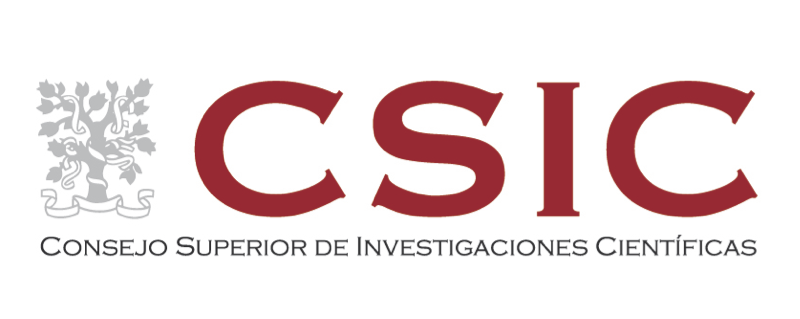ACS Applied Materials and Interfaces, vol. 9, nº 4, pags. 4184 - 4191 (2017)
Article preview
We report on the fabrication of a microfluidic device in which the reservoir contains a porous surface with enzymatic catalytic activity provided by the reversible immobilization of horseradish peroxidase onto micrometer size pores. The porous functional reservoir was obtained by the Breath Figures approach by casting in a moist environment a solution containing a mixture of high molecular weight polystyrene (HPS) and a poly(styrene-co-cyclodextrin based styrene) (P(S-co-SCD)) statistical copolymer. The pores enriched in CD were employed to immobilize horseradish peroxidase (previously modified with adamantane) by hostguest interactions (HRP-Ada). These surfaces exhibit catalytic activity that remains stable during several reaction cycles. Moreover, the porous platforms could be recovered by using free water-soluble β-CD with detergents. An excess of β-CD/TritonX100 in solution disrupts the interactions between HRP-Ada and the CD-modified substrate thus allowing us to recover the employed enzyme and reuse the platform. © 2017 American Chemical Society.




